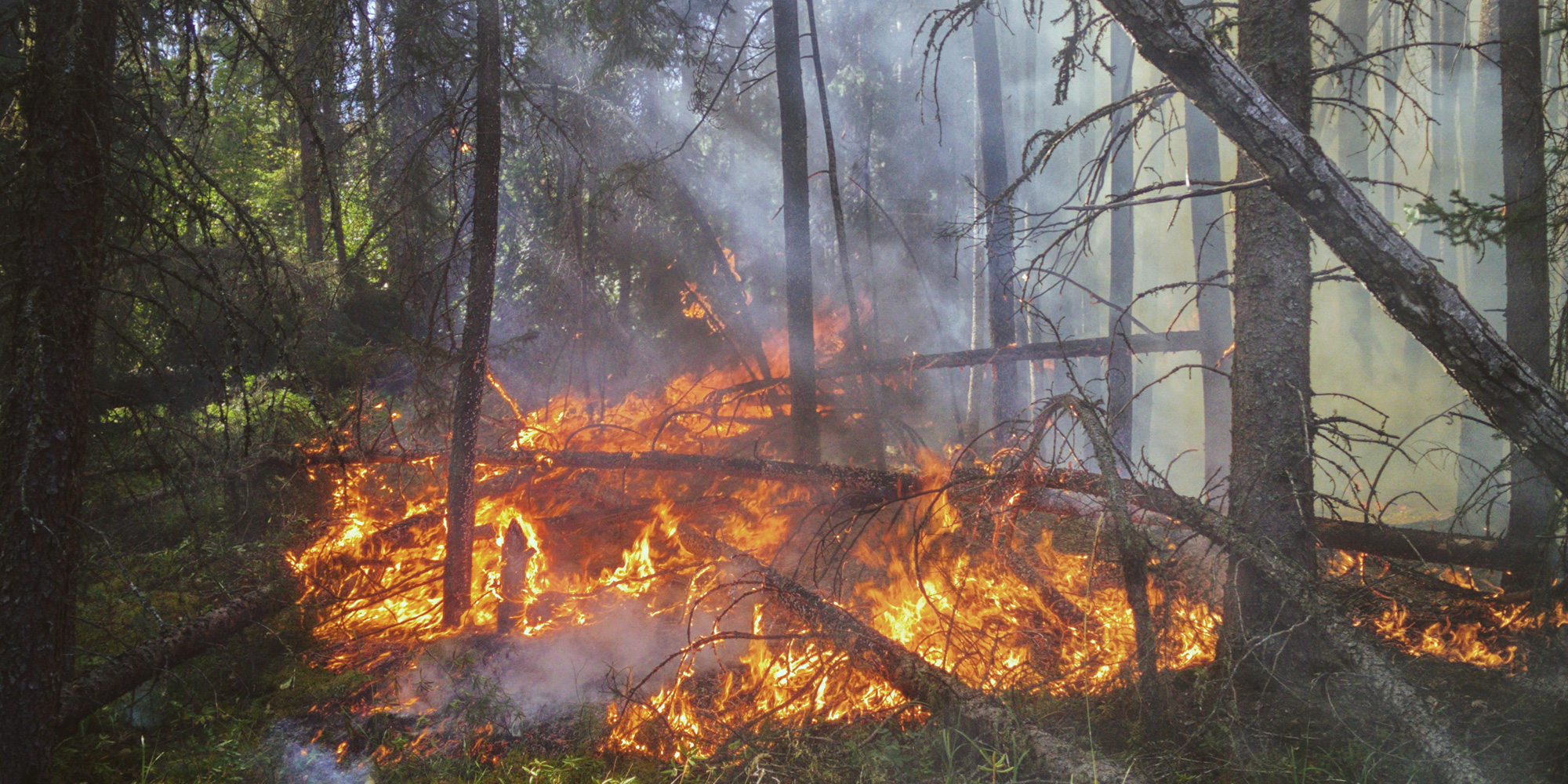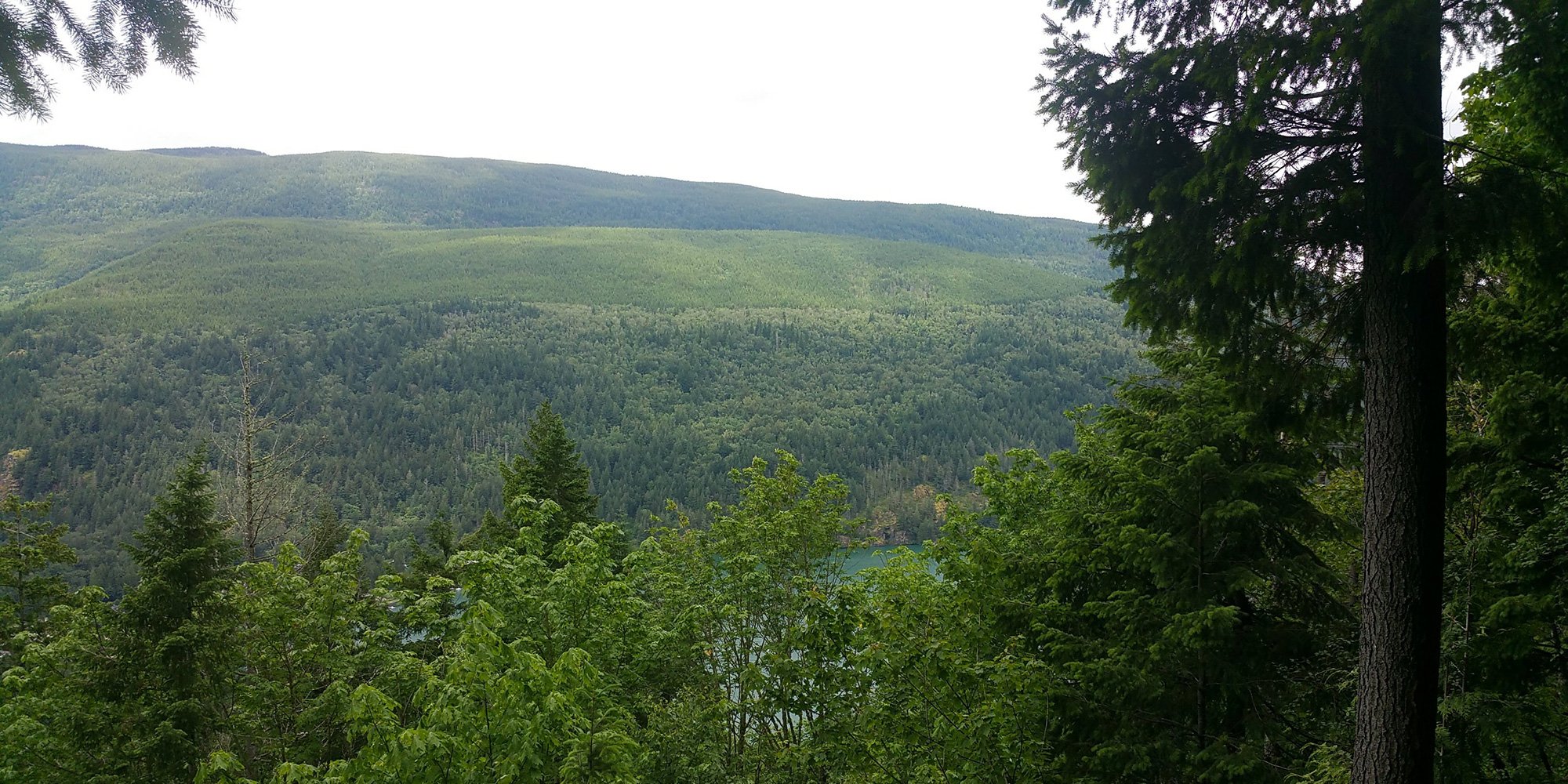Climate Change and Emergency Management for Indigenous Communities
The impact of climate change has been felt across Canada as unprecedented heat domes, atmospheric rivers, and forest fires ravage the landscape. It’s...

All entrepreneurs face some challenges but not all entrepreneurs face the same challenges. Indigenous entrepreneurs face some challenges that those in the mainstream business sector do not, and the challenges faced by Indigenous entrepreneurs differ again, depending on factors that are unique to Indigenous entrepreneurs. For example, an entrepreneur setting up a business on-reserve may be impacted by the degree of remoteness and size of the community whereas an Indigenous entrepreneur in an urban setting may be impacted by the absence of home community support. In this article, we take a look at both business and social challenges for Indigenous businesses.
Business and social challenges Indigenous entrepreneurs may face:
Access to equity or capital is a key component of business development for non-Indigenous and Indigenous businesses alike. However, the challenges for Indigenous businesses, particularly those on reserves, to raise the capital to begin, support or expand their business is considerable and runs from there not being a local bank:
"...the vast majority of Aboriginal communities do not have a bank within their boundaries. Notably, as of this year, the four major banks in Canada (i.e., the Royal Bank of Canada, the Bank of Montreal, the Canadian Imperial Bank of Commerce, and Scotiabank) collectively have less than 50 Aboriginal branches, banking outlets, or banking centres located on-reserve. Amongst the many impacts of this, individuals who have limited access to mainstream financial institutions often have no or poor credit scores, which exacerbates the challenges of accessing financing from these institutions. [1]
...to the constraints of the Indian Act. Section 89 of the Indian Act prohibits the use of reserve land as collateral - banks are reluctant to provide loans if assets cannot be seized in case of default. On many reserves, except some that have developed self-government agreements, the house may be owned but the land is not – therefore it cannot be sold - which makes it impossible to build up equity in your home, as is possible for non-Indigenous people. Even on those reserves where homes can be owned, there is a disparity between the equity in a house on a reserve compared to a house not on a reserve.
Many of the smaller communities do not have Economic Development departments or community-run businesses; there may be no one in the community to mentor the owner of a start-up business and it’s just as unlikely that there will be business networks to tap into for support or marketing.
Communities that have little or no business development are less likely to have a skilled workforce. There has been an increase of Indigenous People leaving the reserves for urban centres to attend schools or find employment, which exacerbates the challenge for an on-reserve business to find and keep skilled employees. Statistics show that over half of First Nations people with registered Indian status no longer live on reserves.
Taken for granted by most Canadians, reliable, high-speed internet is not a given in remote Indigenous communities. Lack of this very basic business amenity means there’s no company website, no email, and no online marketing.
Again, taken for granted by most Canadians, reliable roads, airports or even airstrips, electricity and water are not givens in some Indigenous communities.
The lower than average education rates of Indigenous Peoples is a significant hindrance to starting and running a business and affects everything from accessing government programs, arranging financing, writing a business plan, negotiating with suppliers/contractors/clients, to completing day-to-day record keeping.
Federal government policies put in place by Canada’s founding fathers created many of the issues and challenges Indigenous Peoples still live with today and contribute to the negative attitudes towards Indigenous Peoples and their businesses. Enduring stereotypes and an underlying misconception that Indigenous culture is counterintuitive to good business strategies are inhibitors to Indigenous entrepreneurs.
Negative views of Aboriginal peoples (13%). Just over one in ten expresses his or her first impression of Aboriginal peoples in clearly negative terms pertaining to special treatment or negative attributes. This includes mention of tax breaks and other rights and privileges (5%), reliance on welfare or government handouts (3%), that Aboriginal peoples are lazy or don’t work to contribute to society (2%), and generally negative feelings (3%). The proportion citing such impressions in urban Canada is essentially unchanged since 2009. [2]
Stereotyping and racism are significant challenges faced by Aboriginal entrepreneurs, as well as other members of the Aboriginal communities living in Canadian cities. A 2003 survey reported that 46% of off-reserve Aboriginal respondents felt that they had been a victim of racism or discrimination at least once over the previous two years. In addition, more than half of Canadian respondents to a 2002 Ipsos Reid survey reported that “racism separates Aboriginal peoples from the rest of society.” These findings were confirmed by the Environics Institute, which reported in 2010 that almost all Aboriginal Canadians living in cities agreed that non-Aboriginal people behave in an unfair or negative way towards Aboriginal peoples. [3]
Some Indigenous communities view entrepreneurship as going against community-oriented values. In some situations, alienation occurs if a business, via procurement contracts, benefits from resource development that the greater community opposes.
Indigenous businesses based in remote communities are often limited in their access to resources and goods and services that support their business.
Again, taken for granted by most Canadians and Canadian entrepreneurs, reliable roads, airports or airstrips, electricity, and water are not givens in remote Indigenous communities. The lack of infrastructure can severely impact the potential of an Indigenous business.
There are only two official languages in Canada but there are over 60 Indigenous languages grouped into 12 distinct language families. According to the 2011 Census, almost 213,500 people reported an Indigenous mother tongue and nearly 213,400 people reported speaking an Indigenous language most often or regularly at home. [4] Of those 213,400 Indigenous people who speak an Indigenous language at home, some are going to be entrepreneurs who will face language barriers as they navigate the waters of business development and operation, especially if their intended market is not their community and not Indigenous.
But, despite the challenges for Indigenous businesses:
As the National Indigenous Economic Development Board has long maintained, a dynamic small business sector and strong entrepreneurship among Indigenous Canadians is critical in order to lessen the gap and improve living standards of Indigenous peoples. There have been longstanding barriers which continue to negatively influence the rates of entrepreneurship of Indigenous Canadians including finding and retaining talent, infrastructure deficits and access to capital. Despite these hurdles, the percentage of total Indigenous individuals embarking on entrepreneurial and business development has grown from 6.8% in 2006 to 7.4% in 2016. [5]
The goal of economic self-reliance is what motivates entrepreneurs and the above stats indicate that Indigenous entrepreneurs are increasingly creating their own destinies. As we move forward with “dismantling the Indian Act on a case-by-case basis” and with reconciliation, we should see some real movement for Indigenous entrepreneurs.
To learn more about the many Indigenous issues resulting from the Indian Act, our Working Effectively With Indigenous Peoples® training is a great place to start.
[1] National Aboriginal Capital Corporations Association (NACCA) and the Business Development Bank of Canada (BDC) report
[2] Canadian Public Opinion on Aboriginal Peoples
[3] In from the Margins, Part II: Reducing Barriers to Social Inclusion and Social Cohesion
[4] Aboriginal Languages in Canada
[5] The Indigenous Economic Progress Report 2019, National Indigenous Economic Development Board
Featured photo: Unsplash

The impact of climate change has been felt across Canada as unprecedented heat domes, atmospheric rivers, and forest fires ravage the landscape. It’s...

The severity and impact of forest fires dominate the headlines every summer. In 2016, the Fort McMurray, Alberta, wildfire invoked the largest mass...

The worldview of many Indigenous Peoples includes the principle of connectivity - that everything in the universe is connected. The spirit world is...